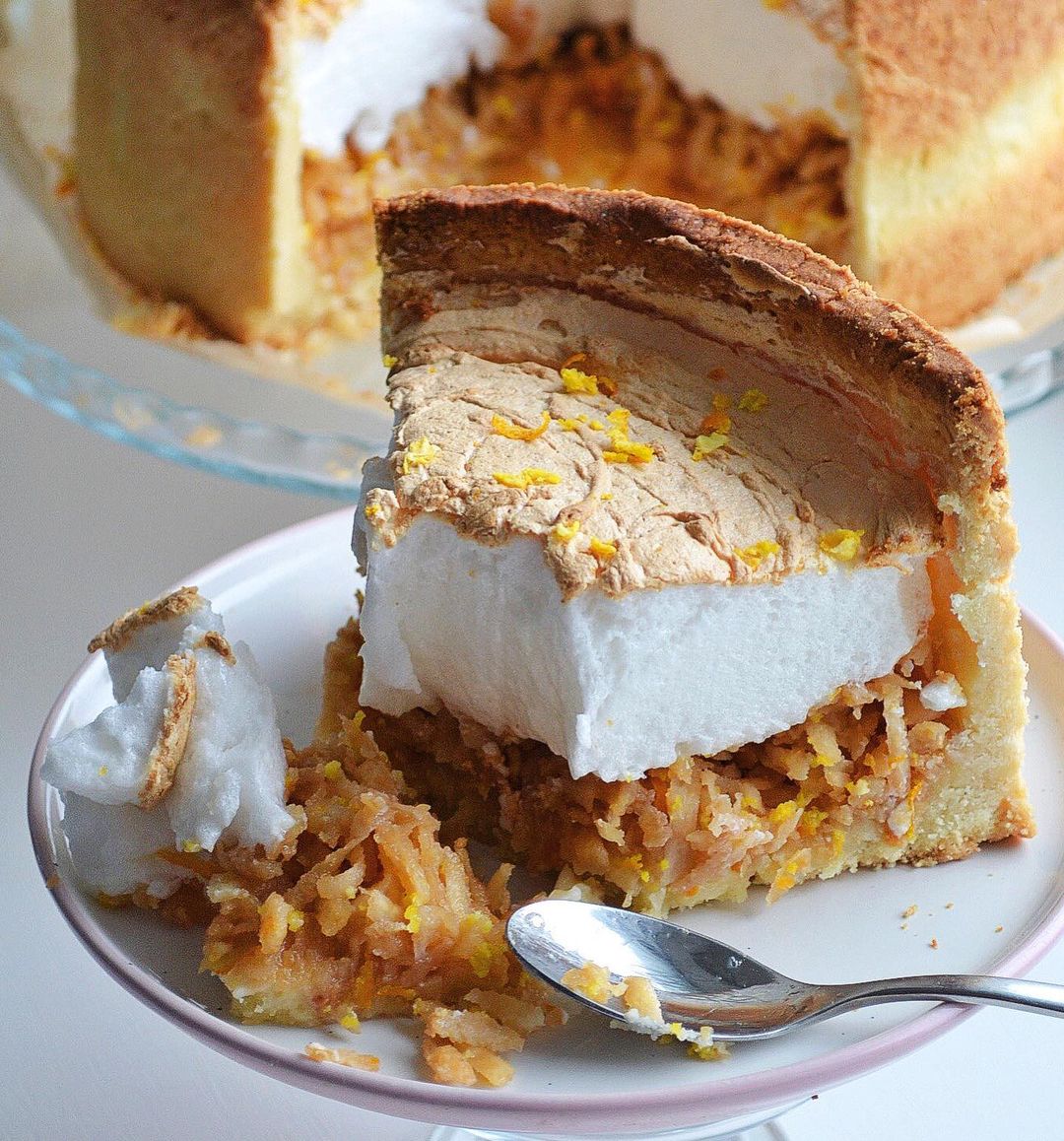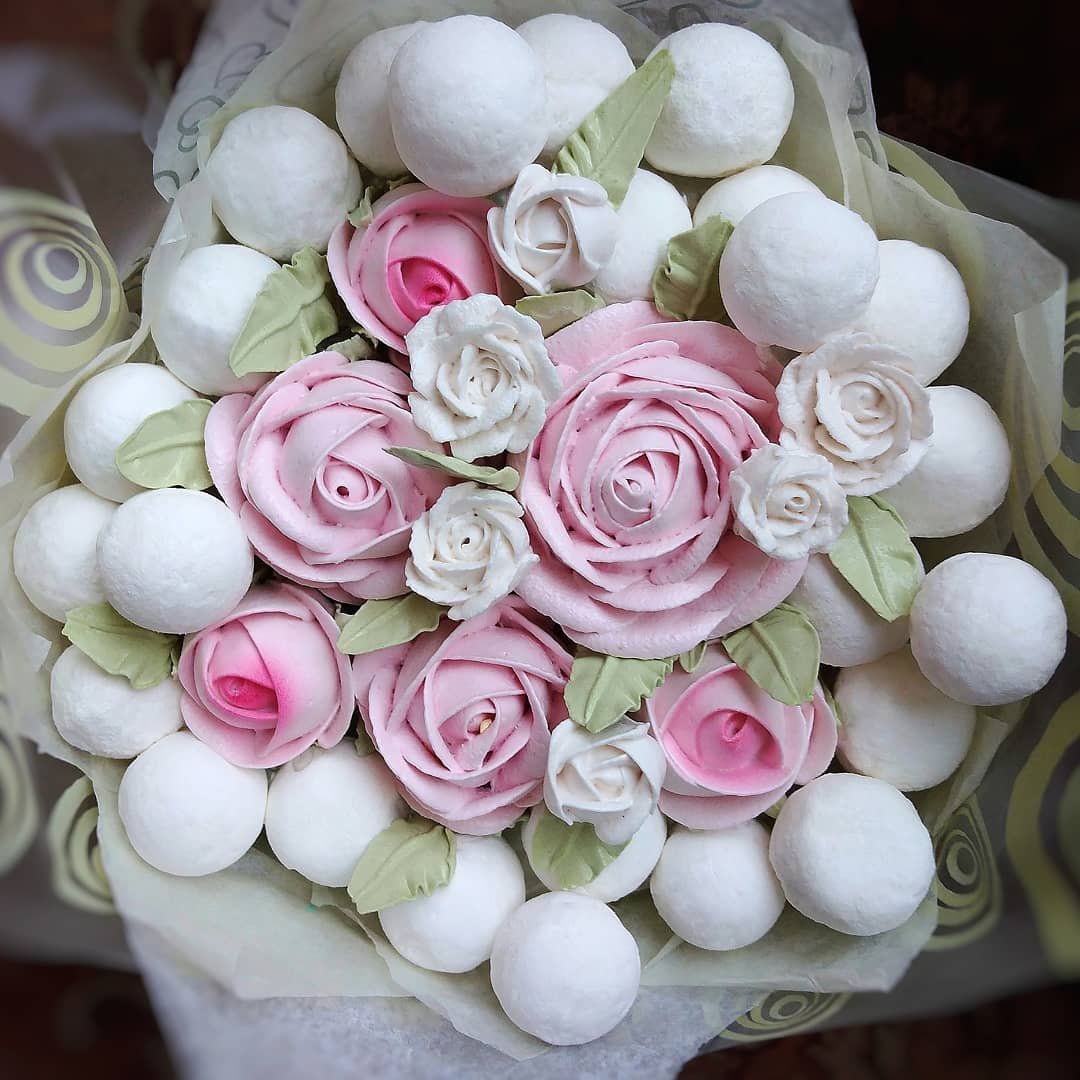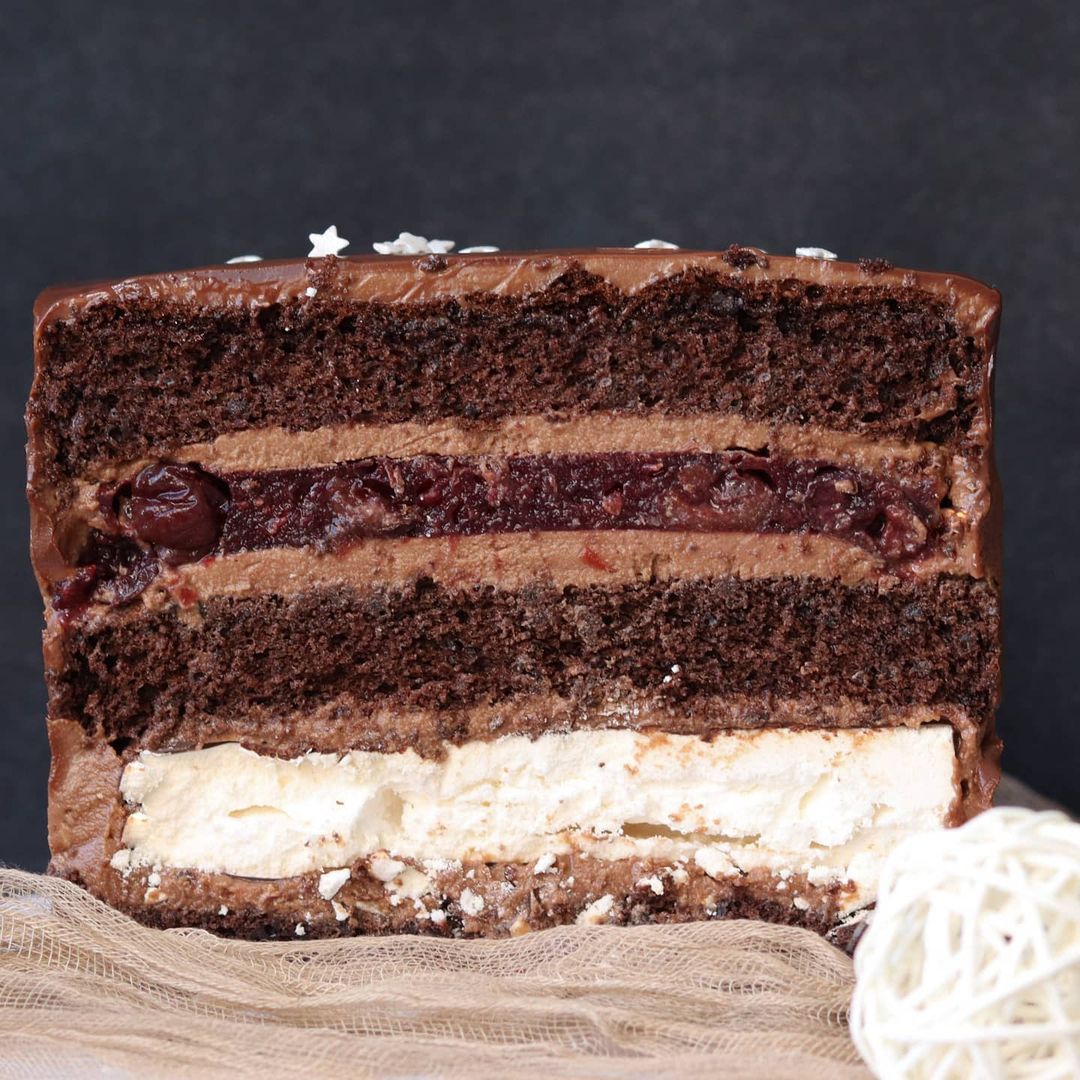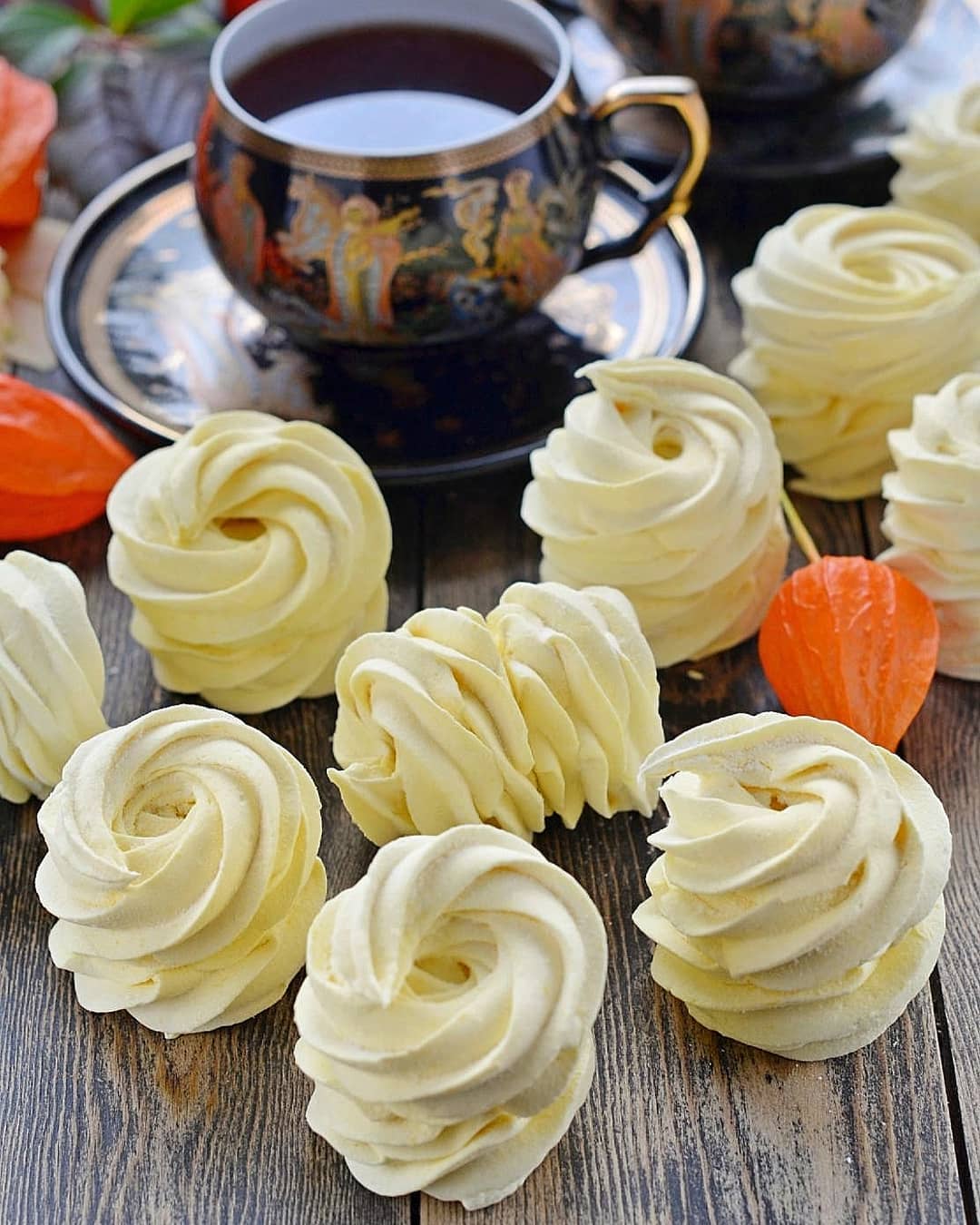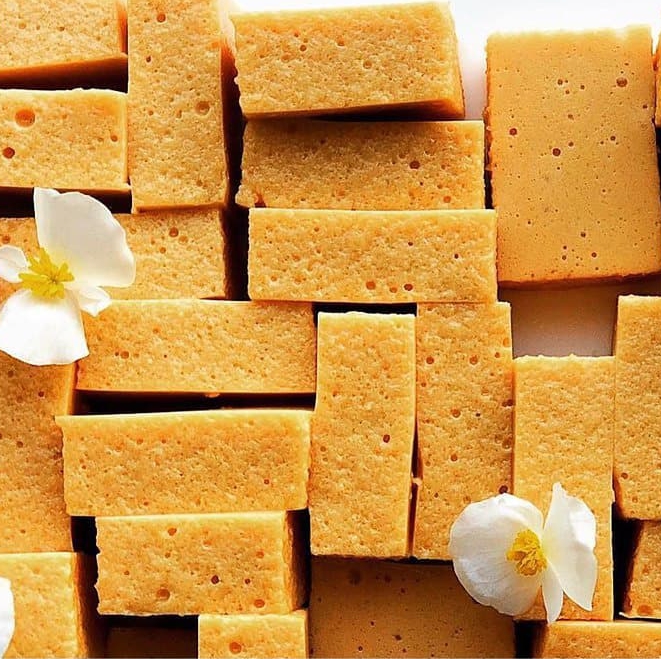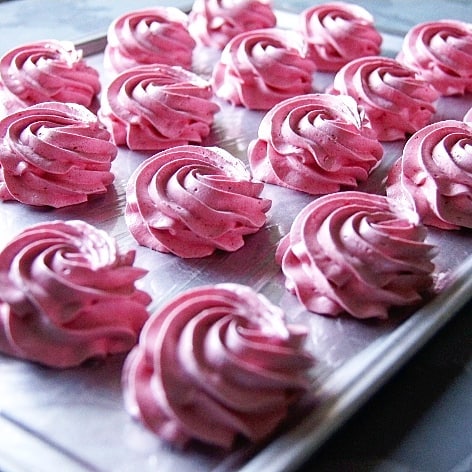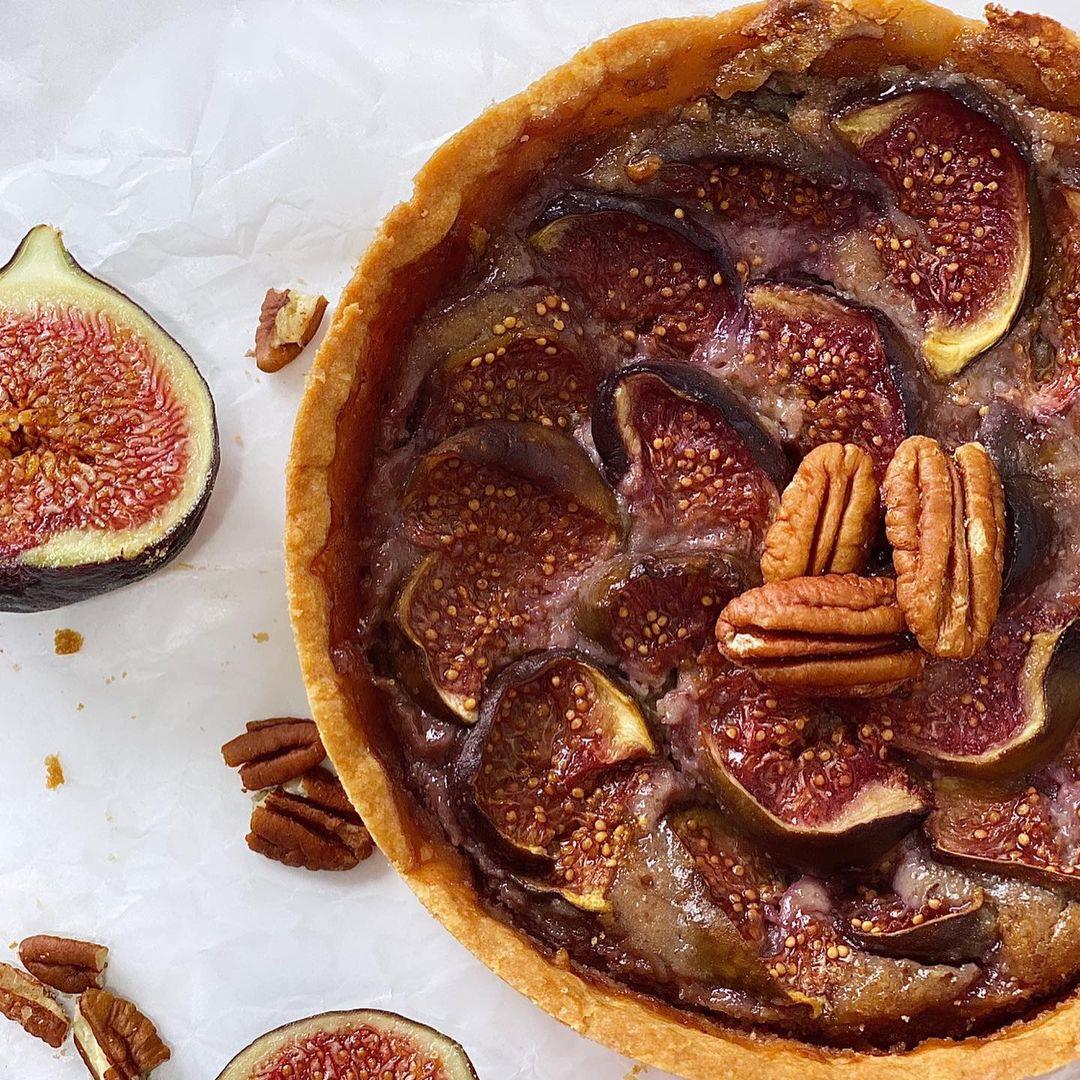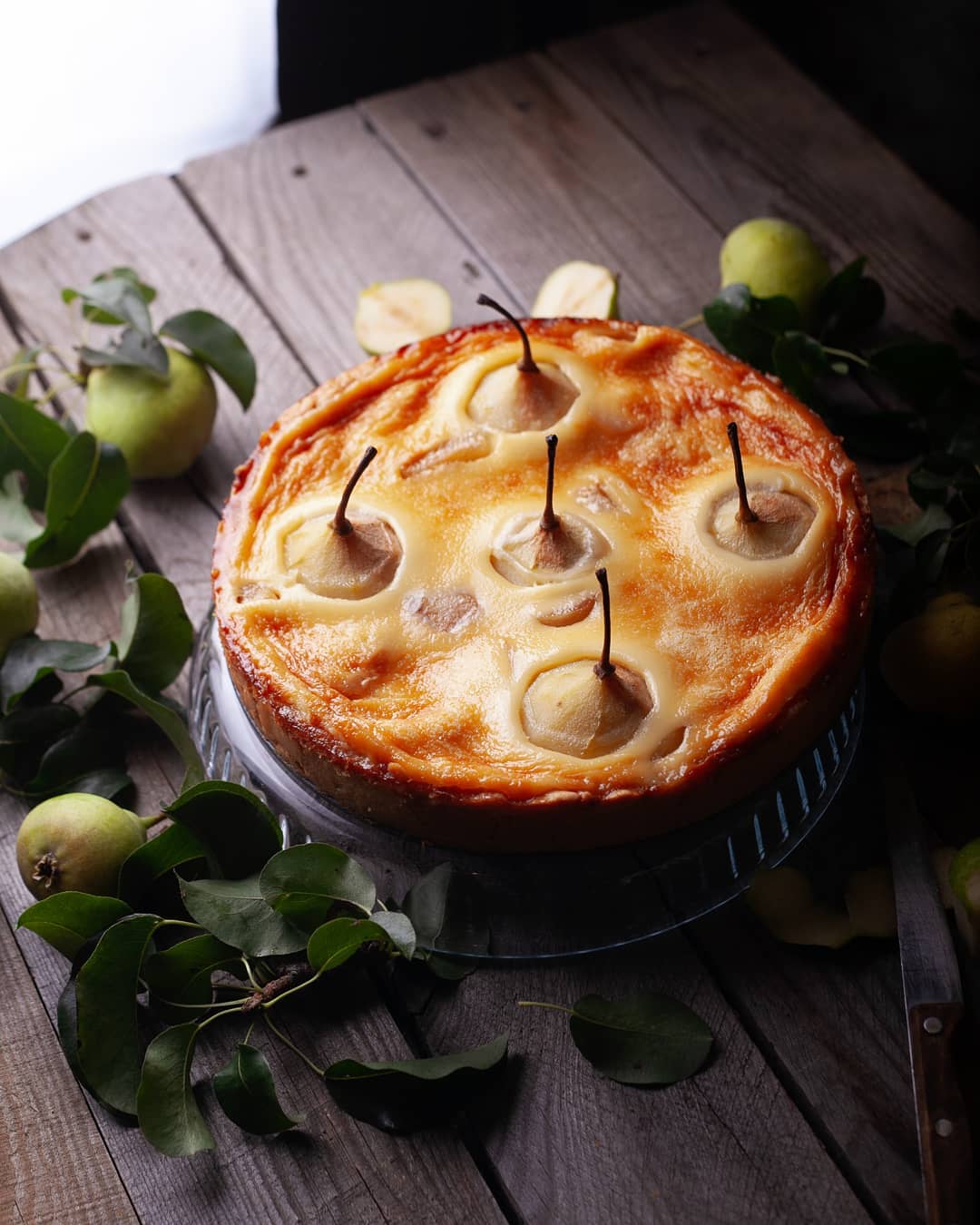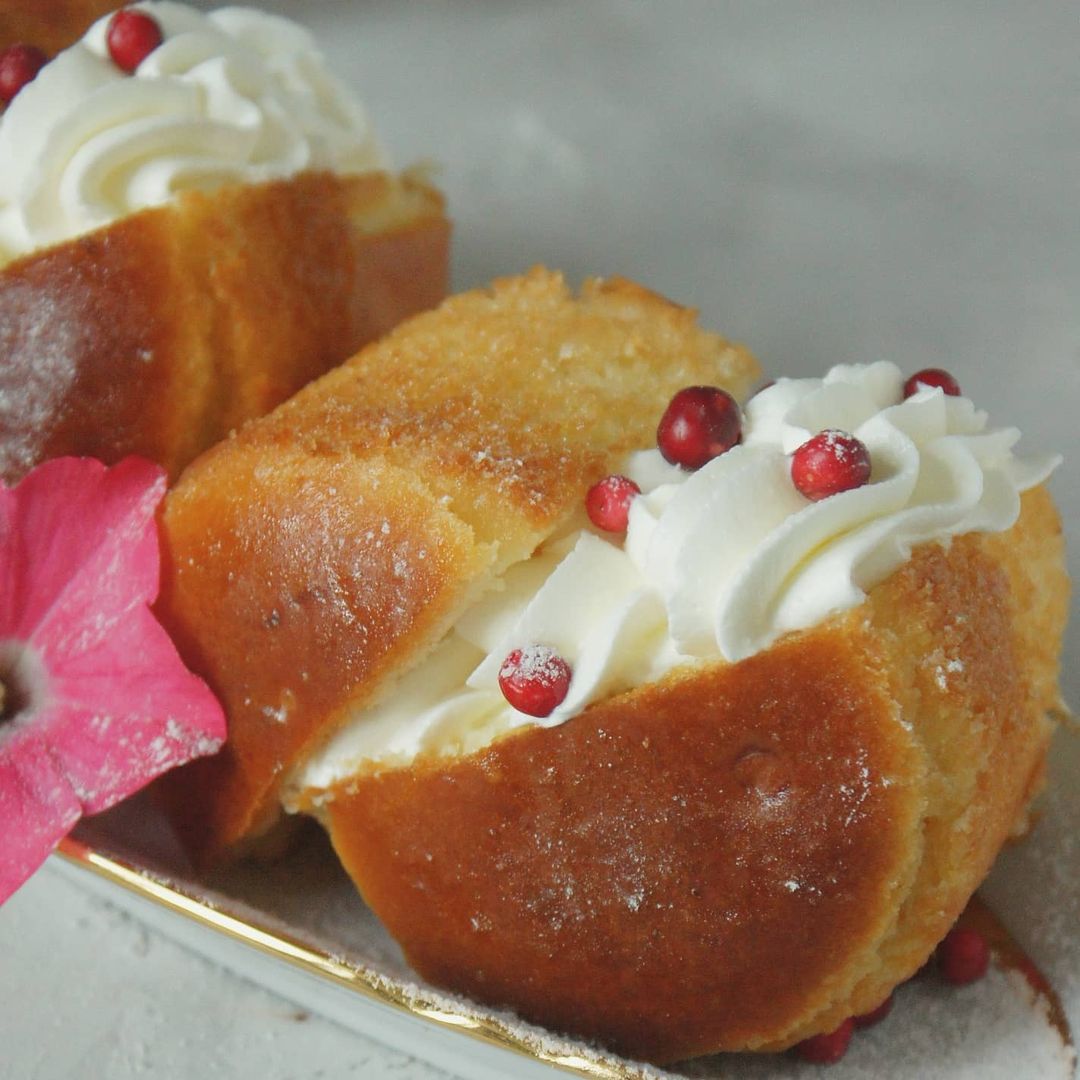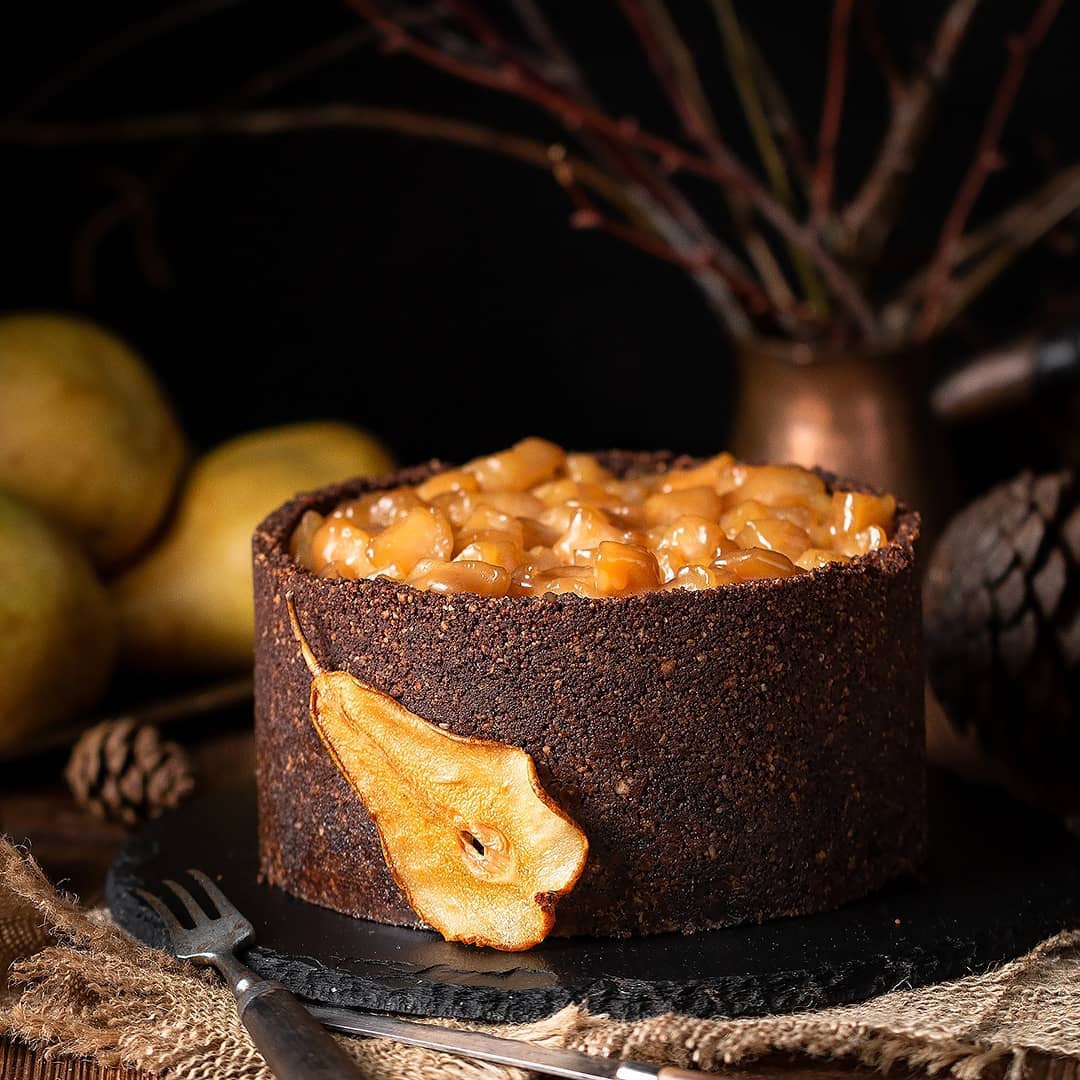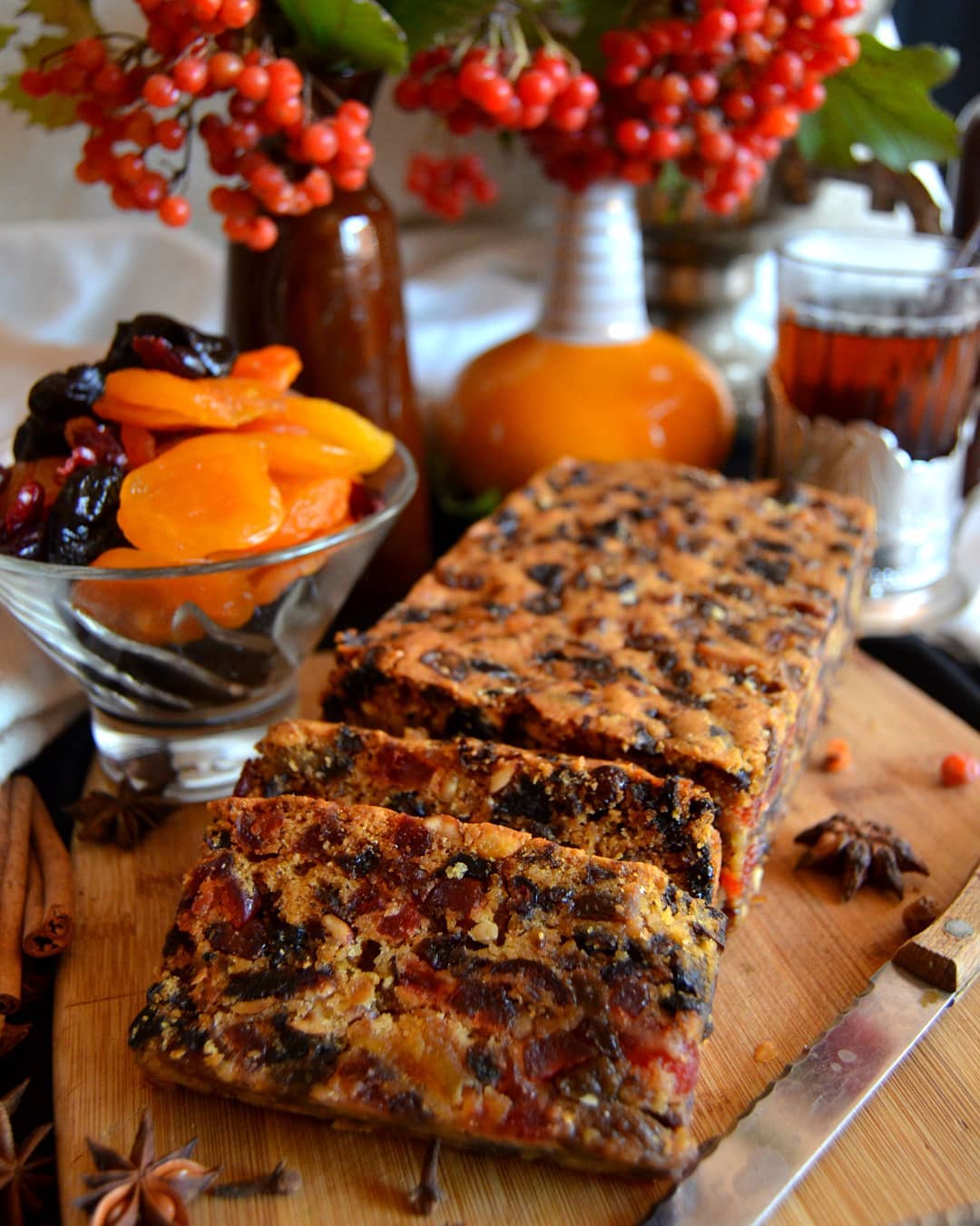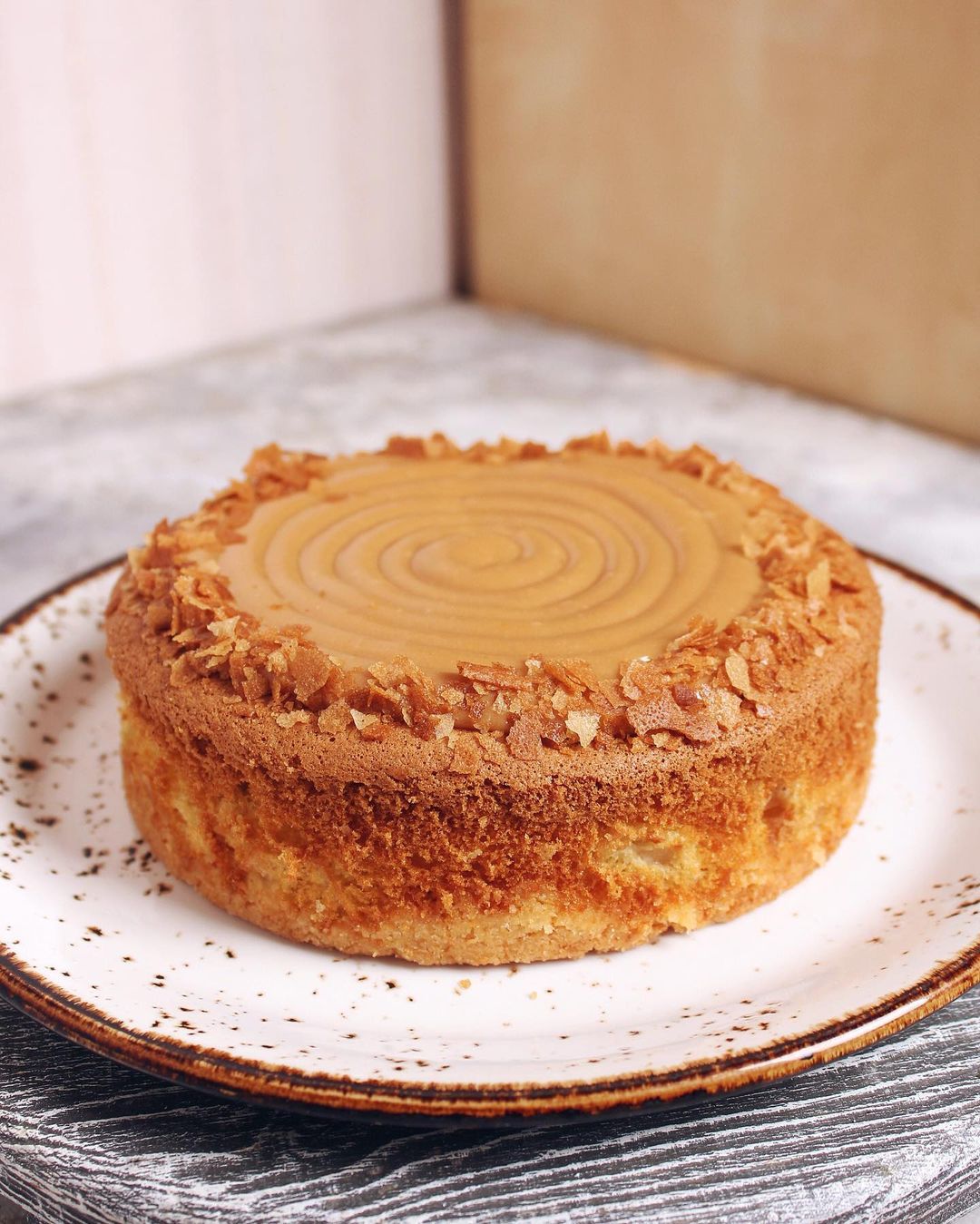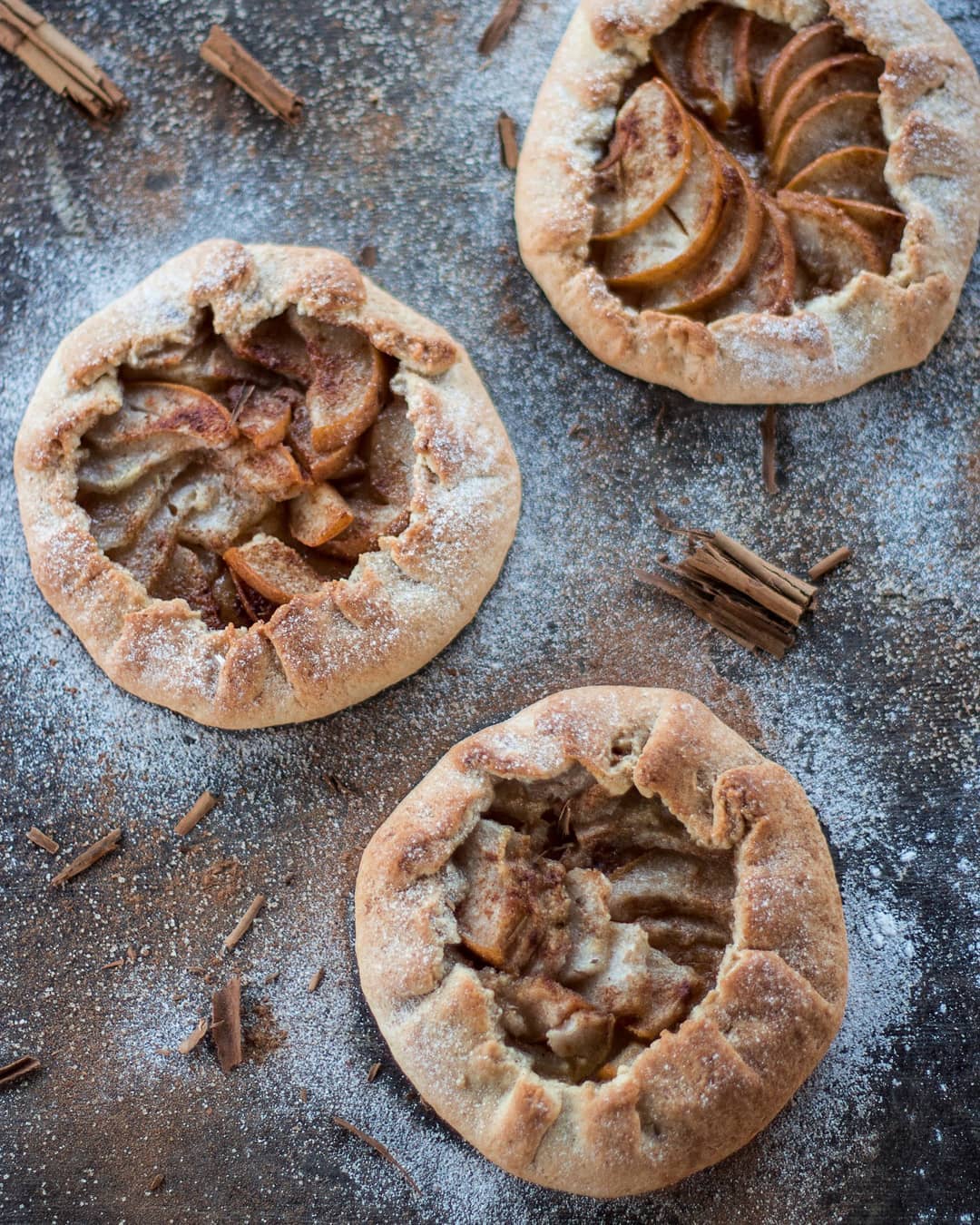Ingredients
Dough
Filling
Instructions
Step 1
Step 2
Step 3
Step 4
Step 5
Step 6
Step 7
Step 8
Servings
Equipment
Essential for whipping together the butter, sugar, and yolks into a fluffy mixture. Make sure it's powerful enough to handle thick doughs.
This determines the shape and size of your pie. Wrap it with parchment and foil to prevent sticking and make cleanup easier.
Used to line the baking mold and for blind-baking. This helps achieve a perfect crust without it puffing up.
For piercing the dough to allow steam to escape during baking.
Necessary for blind-baking, ensuring the dough keeps its shape.
Used to grate the quince for the filling. A coarse grater works best for this recipe.
Variations
Faq
- Why do I need to blind-bake the crust?
Blind-baking helps the crust to bake evenly and prevents it from getting soggy when you add the filling.
- My dough is too crumbly. What can I do?
If your dough is crumbly, it might need more moisture. Try adding a small amount of cold water, a teaspoon at a time, until it comes together.
- How can I ensure my egg whites reach stiff peaks?
Use a clean, dry bowl and beater. Any grease or yolk can prevent the whites from whipping properly.
- Can I use a different fruit instead of quince?
Yes, you can experiment with apples, pears, or any fruit that can hold its shape when baked.
- How can I make the pastry extra flaky?
Ensure the butter is cold when you mix it with the flour. Small pieces of butter will create steam pockets as they melt, resulting in flakier pastry.
- Can I prepare the dough ahead of time?
Yes, the dough can be made ahead and stored in the fridge for up to two days or frozen for up to a month. Just let it return to room temperature before rolling out.

